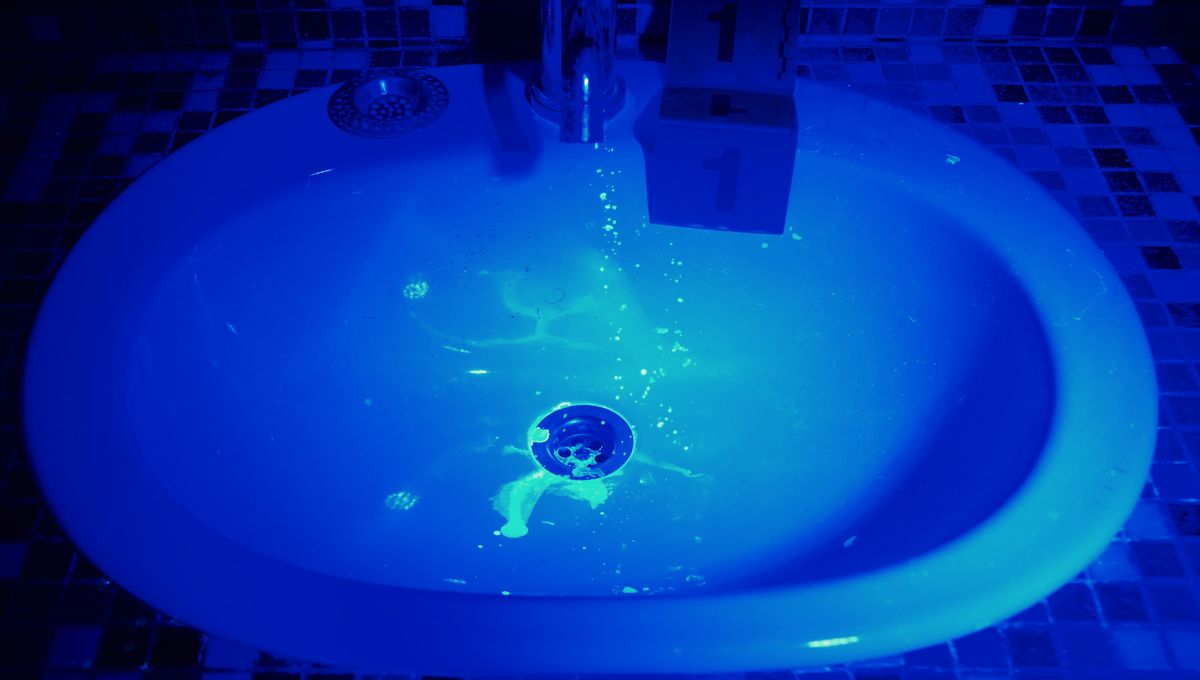
If you have ever seen any forensics show, we’re sure you will have seen some blood showing up in a darkened room like a deathly glow-in-the-dark art project. But, what is actually making it glow?
Put yourself in the shoes of a killer. The body is now gone, but there is a suspicious pool of blood seeping into the porous grey cement. You go into the overstuffed cleaning cupboard in the room, avoiding the precariously balanced broom that tries falling onto your head, while you grab the soap, a scraggy grey mop, and an old yellow sponge. You scrub at the floor until your hands hurt, the floor is sparkling and looks so clean that you could eat your food off it. You walk out of the room with a little skip in your step, thinking smugly that you will get away with your heinous crime without anyone being the wiser.
WRONG!
Luminol is a criminal’s worst nightmare and a forensic scientist’s best friend. Despite a criminal’s attempt to do the best clean of their entire lives, forensic scientists have some tricks up their lab coat sleeves. The luminol test is a very old and useful technique, to highlight a crime scene even when someone has tried to wash down any obvious bloodstains, in some cases, it can also reveal the presence of a bloody footwear impression.
How do forensic scientists use luminol?
Luminol is a chemical that is often in the form of a powdered substance. To conduct a luminol test, a solution that contains luminol powder and liquid containing specific chemicals (e.g., hyrdrogen peroxide and hydroxide) is mixed into a spray bottle. This is then sprayed onto an area where blood may be found. If the solution touches any blood, then the iron in the blood reacts with the elements in the luminol and can produce a rapid release of eerie blue-green glow due to the extra energy the reaction causes.
This reaction is called chemiluminescence and it only lasts for around 30 seconds. However, under darkened conditions, this reaction can then be viewed and photographed.
This luminol reaction is a very powerful tool and is very sensitive to blood. It can be used for decades-old blood stains, and scientists have even found that the older the stain, the longer and more pronounced the luminescence. Positively, luminol does not adversely affect any ABO or DNA profiling.
What are the drawbacks of luminol?
One issue is that sometimes false positives can occur with this test, as luminol can react with some substances like household bleaches, vegetable peroxidases, and metals.
So, if you ever thinking about committing a crime. Be warned, the forensic science team is only one spray bottle away.
Source Link: People Are Just Learning How Luminol Actually Works